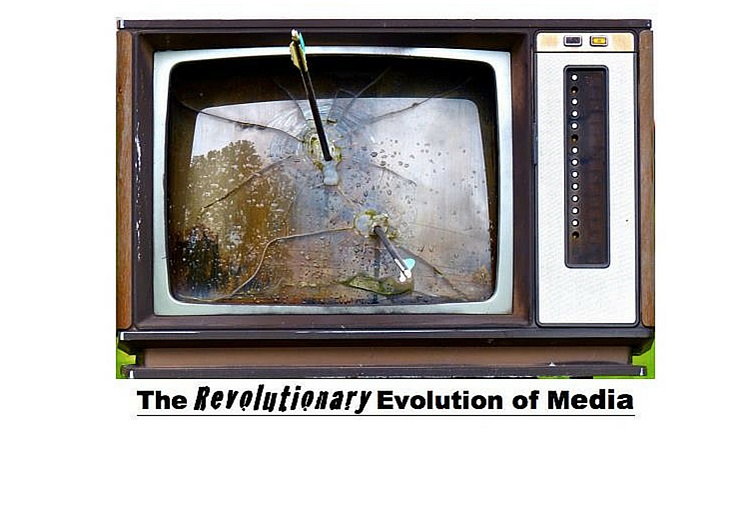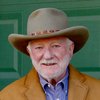“TREotM”: The Sixties

Chapter 10, Part 4
This is a work in progress. Go here to read the previous chapters.
The Sixties were eventful. For all forms of media. At the beginning of the decade there were almost 46million TVHH, or 87% penetration with 650k community antenna television subscribers (CATV, later called cable). At the end of the decade, penetration was over 95% with some 58.5million TVHH and 4.5million connected to cable systems.
Among the key events of the Sixties:
The American Football League joined the National Football League on Sunday afternoons.
In October of 1960, the first Presidential debate was carried live on radio and television. TV viewers were more impressed with John F. Kennedy. Radio listeners were more impressed with Richard M. Nixon. Television prevailed; and President Kennedy gave the first live televised Presidential press conference the next year.
Later that year, Federal Communications Commission Chairman Newton Minnow decried television’s “vast wasteland” at the National Association of Broadcaster’s annual meeting. The TV new season launched with a multitude of doctors including Ben Casey and Dr. Kildare. Meanwhile, J.C.R. Liklider, who had earlier published Man-Computer Symbiosis, became the founding director of the Defense Department’s Advanced Research Project Agency (ARPA). He later suggested an “intergalactic computer network.”
Telstar I launched in 1962 creating instant global television distribution. Johnny Carson succeeded Jack Paar and Walter Cronkite began news anchor duties at CBS. The Students for a Democratic Society was formed at the University of Michigan, Ann Arbor.
The next year, more people reported television as their first news source beating newspapers for the first time.
AM radio stuck to “top 40, news, weather and sports on the half hour” as FM radio begins more free-form programming. Record albums overtook singles as popular music began some big changes. Network TV news moved to a half hour from 15-minute segments and in a giant step, the FCC mandated television sets receive both UHF and VHF channels. The advent of UHF began, where the signals worked well, the slow chipping away of the dominance of the major networks something that didn’t accelerate until cable MSOs began backing new channels a decade and a half later.
Former menswear accessories entrepreneur and all around gentleman, the late Ralph Roberts bought his first cable system in Tupelo, Mississippi and called it Comcast. The late Dan Aaron, from whom he negotiated the buy, joined as manager. Julian Brodsky joined as the financial guy. Comcast began to grow … and grow.
The assassination of President Kennedy in Dallas united the nation around television sets for four solid days that late November of 1963. (An aside, I was a student at SMU in Dallas working that afternoon at Dreyfus & Son overlooking the motorcade route; I ran to a window in the storage room on the 3rd floor and watched as Kennedy and the motorcade passed. It was only a few minutes later when the radio reported the first of the shots – a moment I’ll never, ever forget!) A startling footnote came as Jack Ruby shot Lee Harvey Oswald as he was being transferred from the Dallas city jail on live television; the first live telecast of a murder.
Instant replay came to live sports television and the Beatles appeared on The Ed Sullivan Show in 1964. TV advertising got a big political jolt as Presidential candidates Lyndon Johnson and Barry Goldwater spent big. Johnson’s campaign ran “Daisy Girl,” a startlingly successful scare tactic ad. The Cold War brought spy stories to TV withI Spy, The Man From U.N.C.L.E. and Mission: Impossible. I Spy, in particular, had a lasting influence as a white and black man formed a successful team.
Edward R. Murrow died in 1965; and his producer, Fred Friendly, later quit CBS the next year for its failure to telecast the Senate Foreign Relations Committee’s hearing on the Vietnam War. Chuck Dolan, who had built a TV network of hotels in Manhattan called Teleguide, won the cable franchise for lower Manhattan; he later called it Sterling Manhattan, an ancestor of Time Warner Cable.
ARPANET was funded. Donald Davies coined the term packet switching.
The Corporation for Public Broadcasting formed in 1967; PBS launched later in October of 1970. 1967 also was the first broadcast of the Super Bowl as the Green Bay Packers beat the Kansas City Chiefs 35-10 and 24.4million folks watched it on CBS listening to Frank Gifford and 26.8million on NBC with Curt Gowdy. A 30-second commercial cost $42k on both networks.
In 1968, Intel was founded and Andy Grove joined. Steward Brand published the first Whole Earth Catalog. Walter Cronkite opined the best result the US could get in Vietnam would be a “stalemate.” Lyndon Johnson got depressed for “losing Cronkite.” America seemed in flames. Rioting broke out in Detroit and other cities when Martin Luther King, Jr. was murdered in Memphis. The National Guard was called out. Later in the year, the Weathermen, sort of descendants of SDS, rallied at the Democratic Convention in Chicago as Mayor Richard Daley cracked down. National Guard troops and even regular Army helped attempted to calm the rioting crowds. The Yippies staged street theater and then a small group of protesters were arrested and became the Chicago Seven; the trial was just more street, and TV, theater. Everything it seemed was televised. 60 Minutes debuted September 24th and is still airing. Rowan & Martin’s Laugh-In also began airing and changed the attention spans of comedy fans.
The last year of the decade saw the broadcasting live of mankind’s first step on the moon. 720million people watched Neil Armstrong’s lunar stroll. Sesame Street launched. The first extensions of ARPANET out of the lab were installed. And ABC introduced made-for-TV movies.
Next week: Chapter 10, Part 5 – The Seventies
The opinions and points of view expressed in this commentary are exclusively the views of the author and do not necessarily represent the views of MediaVillage management or associated bloggers.


